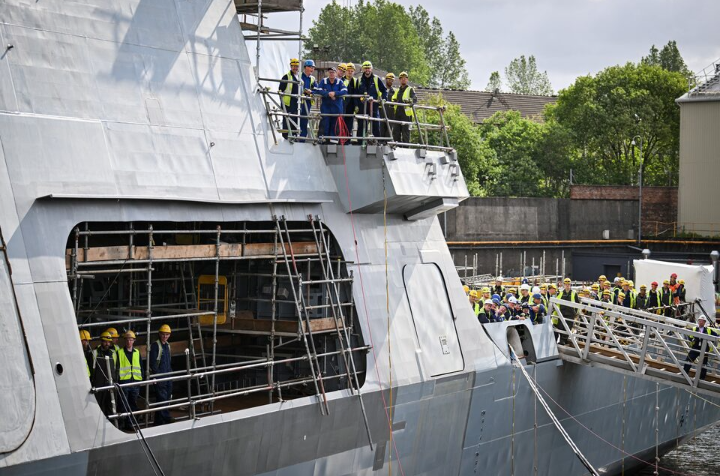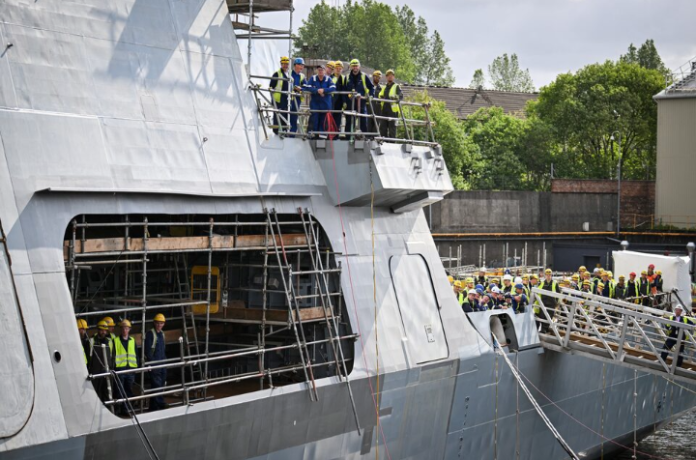In a bold shift toward “warfighting readiness,” the UK government has unveiled an ambitious plan to significantly expand its nuclear-powered submarine fleet. Prime Minister Keir Starmer announced on Monday that Britain will build up to 12 next-generation attack submarines as part of a sweeping Strategic Defence Review.
This major upgrade, replacing the current fleet of seven, reflects growing concerns over global instability and the increasing threat posed by Russia and other adversarial states. Starmer emphasized that the UK can no longer afford a peacetime military mindset.
“The time has come to transform the way we defend ourselves,” Starmer declared at BAE Systems’ shipyard in Govan, Scotland. “When powerful states are openly threatening us, the best deterrent is to be fully prepared.”
Rebuilding the UK’s Military Muscle
The new defence review—led by former NATO Secretary-General George Robertson and U.S. foreign policy expert Fiona Hill—lays out a 10-year plan to re-arm and modernize Britain’s military forces. The plan is designed not just to protect the homeland but also to reaffirm the UK’s standing on the global stage.
Key highlights from the report include:
- Construction of six new munitions factories across the UK
- Procurement of 7,000 long-range British-made weapons
- Launch of a Cyber and Electromagnetic Command to fight digital warfare
- Upgraded battlefield communication systems
- Plans to strengthen collaboration through AUKUS (a trilateral security pact with the U.S. and Australia)
The Royal Navy’s new submarines, although nuclear-powered, will carry conventional weapons. Their development, alongside Australia and the United States, is expected to begin in the late 2030s. Meanwhile, the UK has also revealed a projected cost of £15 billion for replacing nuclear warheads on its separate nuclear deterrent fleet, to be completed before the next general election in 2029.
A Shift in Strategy—and Spending
Starmer’s administration is already redirecting funds from the foreign aid budget to increase defence spending from 2.3% to 2.5% of GDP by 2027, with the aim of reaching 3% over time. Despite past budget cuts, the UK remains one of Europe’s top military powers, alongside France.

This military boost is also being framed as an economic opportunity. Starmer argues the investment will create high-skilled jobs and stimulate economic growth, even as the country battles slow GDP growth and tight public finances.
“With cutting-edge submarines defending our seas and a UK-built nuclear programme, we’re securing Britain’s future—both at home and abroad,” said Defence Secretary John Healey.
The announcement caused an immediate market reaction, sending shares of key defence companies such as Babcock, BAE Systems, and Rolls-Royce higher.
As the world enters a new era of geopolitical rivalry, the UK is positioning itself as ready—not just to deter threats—but to fight if necessary.



